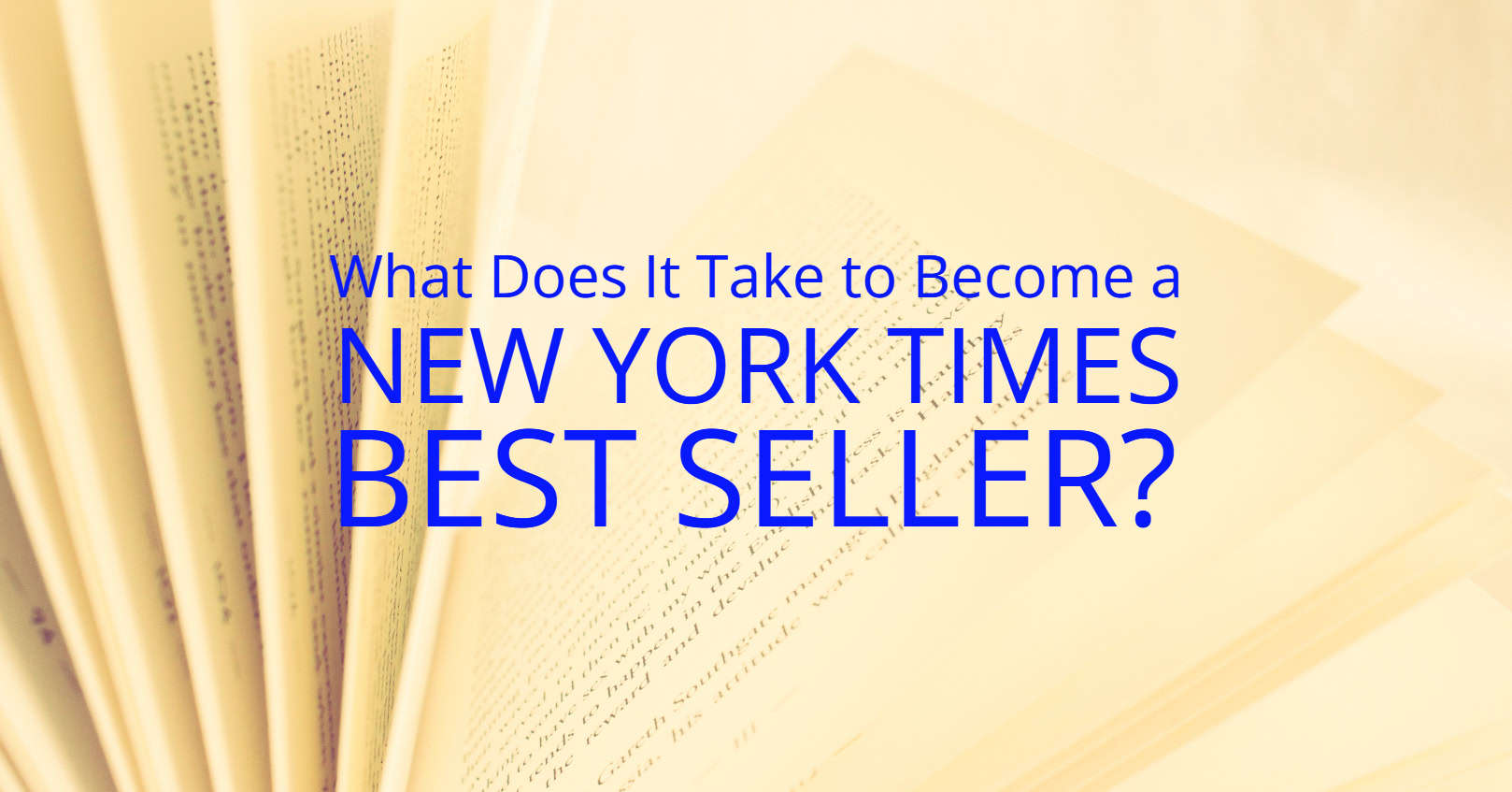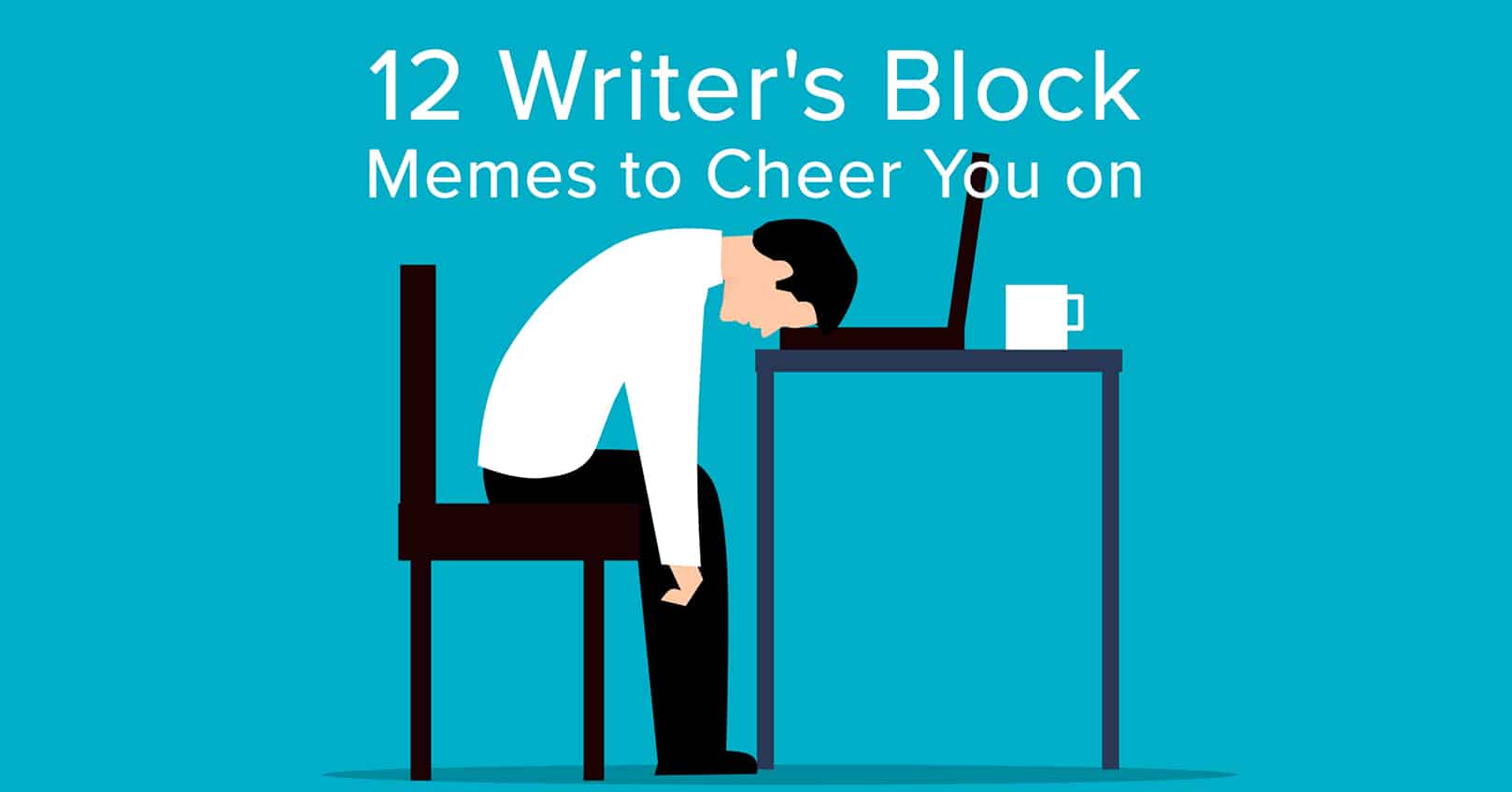
Do you dream of seeing the words “New York Times Bestseller” stamp across your book cover? Have you spent time staring at the lists of bestsellers and wondered what it would take for your book to join them?
The New York Times’s best-seller lists are often considered the gold standard when it comes to publishing a book. Making this list leads to opportunities such as increased media exposure, paid speaking engagements, opportunities to continue writing, and, of course, a big boost in book sales.
Getting on a New York Times best-seller list is challenging. However, knowing the game is the first step in gaining this kind of success. While many people take advantage of pre-orders to make the list, even old books can make the list when a new surge of popularity hits. So, don’t count them out.
First, let’s bust some myths about the New York Times best-seller list.
5 Myths about the New York Times Best-Seller Lists
Myth 1: Sales Are the Only Thing That Matters.
Many people believe that the New York Times bestseller list is strictly based on sales. They believe that all they have to do is hit a certain number of sales in a certain amount of time and they’ll be guaranteed their spot. Even if it takes buying thousands of their own books, it would be worth it for the success that comes with a bestseller status, right?
Unfortunately, as some people have learned the hard way, sales are not the only thing that matters. While they are an important aspect, the New York Times bestseller list is ultimately an editorial list and not a factual list. This means that the New York Times is allowed to include or exclude any book at its discretion. And, I’ll bet they have a pretty good eye for books that suddenly have a big, suspicious bump in sales without any accompanying publicity.
Myth 2: There’s Only One Best-Seller List
While some people think that all the Time’s best sellers are on the same list, there are actually several lists your book could end up on. Currently, there are 7 weekly best-seller lists for adult books and 4 for children’s books. There are also 7 monthly best-seller lists. If you think having multiple lists means more opportunities for you, then the bad news is about to come. Each list is composed of just 10 to 15 spots. And the same book is allowed to be on more than one list at the same time. Often, the different lists still end up being filled by the same few books.
Let’s take a look at these lists below.
Weekly Lists:
- Fiction Combined Print & E-Book List: 15 total slots
- Fiction Hardcover List: 15 total slots
- Fiction Paperback List: 10 total slots
- Nonfiction Combined Print & E-Book List: 15 total slots
- Nonfiction Hardcover List: 15 total slots
- Nonfiction Paperback List: 10 total slots
- Nonfiction Advice, How-to & Miscellaneous List: 10 total slots
- Middle-Grade Hardcover: 10 total slots
- Picture Books: 10 total slots
- Children’s & Young Adult Series: 10 total slots
- Young Adult Hardcover: 10 total slots
Monthly Lists:
- Business: 10 total slots
- Manga: 10 total slots
- Mass: 10 total slots
- Middle Grade: 10 total slots
- Young Adult: 10 total slots
- Audio Book Fiction: 15 total slots
- Audio Book Nonfiction: 15 total slots
Weekly lists go live every Wednesday at 7 p.m. EST. These lists appear in print 11 days later.
Myth 3: There Isn’t a Magic Number of Sales to Make the List
While sales aren’t the only determining factor for finding yourself on the best-sellers list, they definitely help. However, if you were hoping for a hard and fast number of sales to achieve, it’s not as set in stone as you might think.
The amount of sales needed fluctuates week-by-week. Generally, you’ll need at least 5,000 sales a week and sometimes as much as 10,000+. Nonfiction is considered more competitive, so you’ll probably need at least 7,500 sales to be considered. However, let’s say that a lot of big authors came out with their new books during the same week, and with their presales, they all got well above 10k books sold. Even if you also happened to sell 10k books this week, it probably won’t be enough to make the list. Book sales are counted starting Sunday and ending Saturday and only US sales count.
Myth 4: All Books Are Considered for New York Times Bestseller Lists
While this is technically true, in practice it doesn’t appear to actually be true. Some people believe that independently published authors are completely excluded from New York Times best-seller lists. While that’s not technically true, it is much more difficult to get on if you’re an independently published author. Here are the criteria that your book must fit to be considered for the list:
“The New York Times Bestseller list requires an author to make a minimum of 5000 book sales (higher, depending on the list) in a single week across diverse retailers and from multiple geographic locations.”
Getting your book published across diverse retailers (read independent brick-and-mortar stores) and from multiple geographic locations is usually the part that’s difficult for independent authors to achieve. While 64% of book sales happen on Amazon and several authors can sell well over 5k to 40k books on Amazon alone, these authors will never see their books appear on the New York Times bestsellers lists.
Also, remember that curated list thing mentioned above? I’m sure publishing houses and the curators are very good friends. And the New York Times has been criticized for being a pay-to-play type of list. Thus, even if an independent author’s book sales blow it out of the water they may still not get to see their books appear on these coveted lists.
So, if you want to get in on this playing field, a first step might be looking for agents known for working with some of these big publishing houses that the New York Times seems to favor.
Myth 5. We Know Exactly How The New York Times Tracks Sales
The New York Times keeps the exact system it uses for tracking book sales top secret, allegedly to keep others from being able to scam the system. We can assume it pulls sales data from a sampling of independent bookstores, even if we don’t know which stores, as well as from the big retailers like Amazon, Barnes and Noble, etc. We also know they don’t use BookScan’s figures because there are usually discrepancies between what the Times publishes and what is seen on BookScan.
So all we really know is that they do track sales, but they don’t always care if your book sells well. We also don’t know how many bookstores the New York Times talks to, how it weighs different kinds of sales, or how it interprets its data. There are rumors that independent bookstore sales are weighted more heavily than Walmart sales, for instance, but this has never been confirmed. It’s also rumored that print sales from traditional publishers are weighed more heavily than digital sales from digital publishers or self-publishers because the books that do very well on Amazon’s in-house lists rarely show up on the Times list.
So with this information, if you are trying to become a New York Times best seller, you may consider building a stronger relationship with independent booksellers to boost your odds.
Pre-Orders: One Trick That Works
The New York Times allows all pre-orders to be counted towards a book’s first week of sales. This gives you a much longer window to get your sales in as well as proving momentum to book retailers who will be more likely to stock up on your books, thus improving the strength of your sales pipeline. Selling out during your pre-sale week could be a huge problem when it comes to counting sales, so having proof that there should be adequate stock ahead of time really helps.
This is also why you’ve seen more and more authors and publishers go full force with their pre-sale tactics. They sell exclusive sprayed edge editions, offer pre-order incentives for proof of purchase, speaking events where books were purchased to be given away at the event, or offer an exclusive webinar or Q&A session for only those who purchased a pre-sale copy, etc.
In fact, lots of authors go on book tours to independent bookstores they believe report back to the New York Times. They will require that the stores purchase their fees worth of books instead of paying them, and give a copy to each person who comes. Sometimes, this can be an additional $25k–$50k per bookstore to boost their sales. So, essentially, you can game the system quite a bit.
However, a word of caution, if your sales look too suspicious, the New York Times will either exclude you or put a cross next to your book to alert readers that they believe something suspicious might be going on. Still, I think most authors would rather see their book on the list cross or no cross.
Alternatives for the New York Times Best Seller Lists?
Publishers Weekly, USA Today, Washington Street Journal, Indiebound, and Amazon best-seller lists are preferred by some as they are said to be less biased than the New York Times. Although, if you’re going for one, it’s still important to know what criteria each follows.
For example, Publishers Weekly doesn’t track ebook sales, only physical books through BookScan, and tracks sales Monday through Sunday. USA Today reports on the top 150 titles sold across all genres and in all formats except for audio. IndieBound weighs books according to the sales rank each one reaches at each individual store, so even if a book only sold five copies at a store but was still the number one seller, it would count as the number 1 book for that store. They use the American Booksellers Association drawn from about 550 independent bookstores to create their list.
Amazon offers two best-seller lists: Amazon Charts and Amazon Best Sellers. Charts come out every week and track the books that have sold the most copies in any format and is not broken down into categories. Amazon Best Sellers is updated once an hour and is broken down by categories.
So, as you can see, your strategy will change slightly depending on the list you’re targeting and their specific criteria.
Have you found yourself on any best-seller lists? Share with us in the comments below!
Happy writing!















Comments